Cost savings a recirculation system provides are substantial
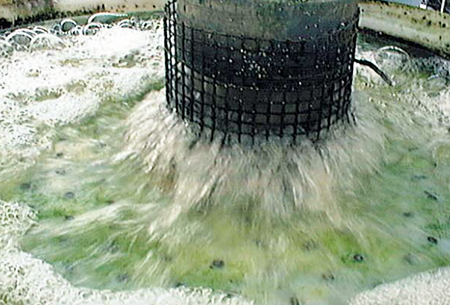
Six or seven years ago the prospect of recirculating water in a freshwater salmon hatchery was viewed with a lot of skepticism. Now, with improvements in water recirculation technology (e.g., drum filters, swirl separators and media filters), the time has come to seriously consider the advantages of using recirculating aquaculture systems (RAS) to increase production, conserve water and energy, reduce effluent, and to control rearing environment.
Increase production
As the salmon farming industry grows, the demand for quality smolts (juvenile salmon ready to go into saltwater) also grows. At the same time, access to suitable sources of water will decrease as more and more users compete for the resource. One way to meet this demand is to build water reuse and recirculation hatcheries. Reuse and recirculation technology consists of various water treatments that remove suspended solids (e.g., uneaten feed and feces), convert ammonia- nitrogen excreted by the fish to the less toxic nitrate, strip carbon-dioxide, kill microbes, and add oxygen before returning the water to the culture tank. The main difference between reuse and recirc is that reuse does not utilize a biological filter to convert ammonia to nitrate and recycles about 85 percent of the water with an addition of 15 percent new water. A recirculation facility utilizes a biofilter to convert ammonia into nitrate and recycles 98 to 99 percent of the water with only 1 to 2 percent new water.
Conserve water
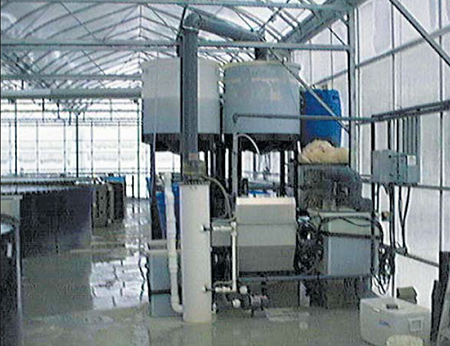
Between 50 percent and 95 percent of the water supply can be recirculated. The recycle ratio (i.e., 50 percent-95 percent) is the percent of total water flow that is being reused after treatment, excluding water entering as make-up. For example, consider a fairly large hatchery using 15,400 liters per minute (LPM) at peak production with 30 tonnes of product on site at any one time.
The hatchery already uses oxygen supplementation and is utilizing tank volumes to the maximum. By retrofitting with recirculation technology, water usage will go down from 15,400 LPM to 1,540 LPM at 90 percent recirculation yet still provide the same level of production. Recirculation systems can also allow hatchery development in areas where the water is of high quality but the supply is not enough for conventional flow-through hatcheries.
Reduce effluent
One of the major environmental concerns today is water pollution. A producer can substantially reduce hatchery effluent by 85 to 98 percent, depending on the recirculation ratio. Suspended solids are removed by particle filtration technology before the filtered effluent goes to the biological filter for ammonia-nitrogen removal. As the majority of the effluent is treated and recycled through the culture tanks, only a small amount of discharge is released. A settling pond or constructed wetland or marsh can treat this volume before discharge into the aquatic environment.
Conserve energy
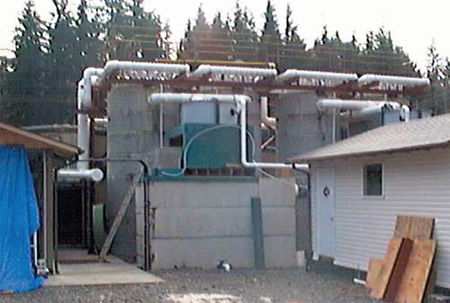
Recirculation technology allows producers to utilize energy sources more efficiently. Most salmonid hatcheries pump water from wells and add heat to get the optimal growing temperatures to produce Atlantic smolts for saltwater entry at <6 months, 6 to 11 months, 12 to 17 months, and 18+ months old. A typical hatchery would use 100-150 H.P. to pump 15,400 LPM. Some hatcheries have electric heat pumps or propane-fired boilers to heat the water.
By only having to pump 2 percent of the original water supply and then using high volume, low head pumps to push the water through the biological filters and gravity feed back to the tanks, the hatchery can save up to 66 percent of its original H.P. demand – a very substantial savings. Heating hatchery water is very expensive.
Reusing heated water reduces consumption of electricity, propane and natural gas, resulting in substantial savings. Some hatcheries have weekly propane bills exceeding CDN $2,500 at certain times of the year. The cost savings a recirculation system provides are substantial, having to heat only 2 percent of the original water flow.
Control rearing environment
Controlling the rearing environment is a major benefit of recirculation systems. Fish husbandry becomes easier and more efficient, and water quality parameters can be monitored and adjusted for optimal growing conditions. There have been situations where the incoming make-up water was not as clean as the recirculated water even though the fish densities were extremely high – over 100 kilograms per cubic meter (e.g., Arctic char). The ability to present a controlled environment can produce excellent smolts. It also offers opportunities to produce other species of fish that require warmer water temperatures than can be obtained from natural sources.
RAS and salmonid diseases
Recirculating systems may create a favourable environment for disease occurrence or the reproduction of opportunistic microorganisms. In addition, stressful conditions due to mismanagement of the system or system failure may contribute to a disease outbreak. Also, non-infectious problems such as high ammonia, nitrite and carbon dioxide levels, suspended solids, or ozone residual levels may cause mortality and poor performance. It is imperative that proper training be given when these units are built.
Some common bacterial diseases that a salmonid farmer would encounter are bacterial gill disease (BGD), furunculosis, bacterial kidney disease (BKD) and fin rot. Fungi could be common and parasitic infections of Trichodina and Ich may occur. All of these would require some form of treatment. A chemotherapeutant in the water or feed in a recirculating system presents special considerations, particulrly whether the biofilter will be compromised by the selected treatment and thus alter its function.
It may require that the biofilter be bypassed completely during the treatment. Biological filters and other filters can harbor disease organisms. One should set out a management protocol with the aid of a qualified veterinarian to eliminate any chance of importation of disease into the system. The common therapeutants used (Table 1) include chloramine-T, formalin, salt (NaCl2) and antibiotics – Terramycin and RometTM. Experimenting with caution on the lower side is strongly recommended.
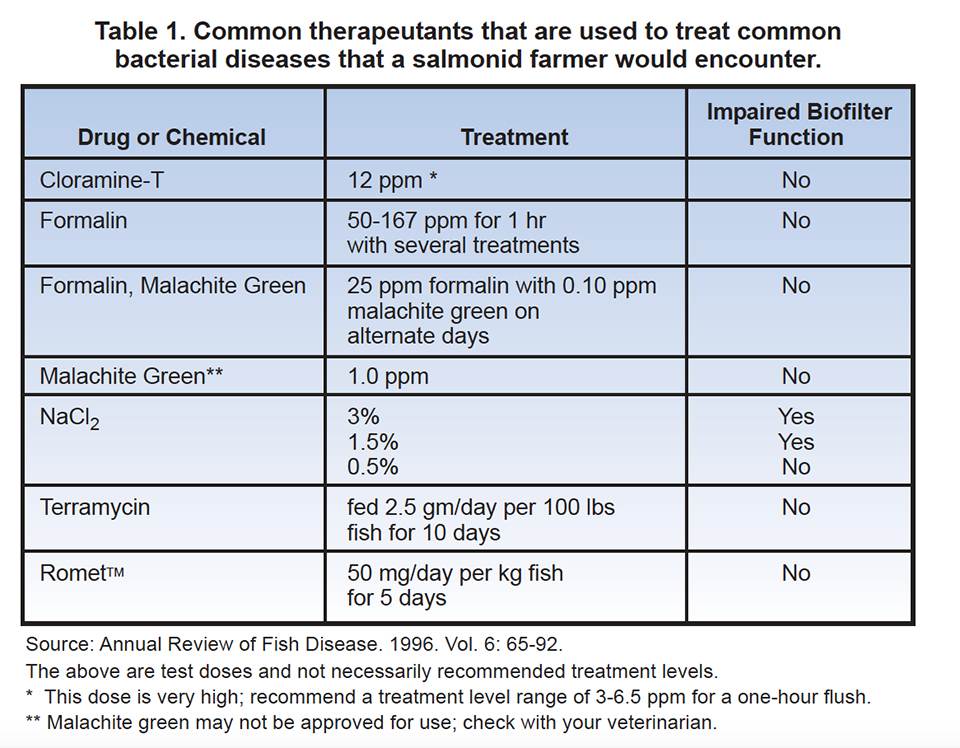
The same accepted principles for disease prevention and control used in flow-through systems apply to recirculating systems. However, most of these management practices become more critical in recirculating systems because fish are held at higher densities, the system has added components, and carrier fish can reside in the system even after recovery from an epizootic. Due to the presence of carrier fish, it is possible that the biofilter may also go into a carrier state so in most cases the entire system is treated and the biofilter is not bypassed.
The key to success once a disease outbreak occurs is prompt diagnosis and treatment. Routine observation of mortalities and observance of abnormal behaviour of any kind is useful in early detection. Also, try to reduce or eliminate any stressor that may have contributed to the disease outbreak. The main prevention measure is to keep known pathogens from entering the system. Use only certified disease free stock! Commercial systems have periods of good performance followed by periods of indifferent performance. Disease is not the only cause of poor performance. Critical observance of water quality and stressors seems to be the key to running a successful recirc facility.
Conclusion
Improvements in recirculating aquaculture systems technology are making these systems suitable for salmon hatcheries. Benefits include increased production, water and energy conservation, reduced effluent and increased control of the rearing environment.
(Editor’s Note: This article was originally published in the June 2000 print edition of the Global Aquaculture Advocate.)
Now that you've reached the end of the article ...
… please consider supporting GSA’s mission to advance responsible seafood practices through education, advocacy and third-party assurances. The Advocate aims to document the evolution of responsible seafood practices and share the expansive knowledge of our vast network of contributors.
By becoming a Global Seafood Alliance member, you’re ensuring that all of the pre-competitive work we do through member benefits, resources and events can continue. Individual membership costs just $50 a year.
Not a GSA member? Join us.
Authors
-
John Holder, R.P. Bio.
JLH Consulting Inc.
Courtenay, British Columbia Canada
Tel: (250) 897-1334[109,111,99,46,101,109,111,104,64,103,110,105,116,108,117,115,110,111,99,45,104,108,106]
-
David Conley, M.Sc.
D.C. Conley & Associates
Gloucester, Ontario, Canada
Tel/Fax: (613) 738-0762[97,99,46,115,117,114,101,98,121,99,64,121,101,108,110,111,99,100]
Tagged With
Related Posts
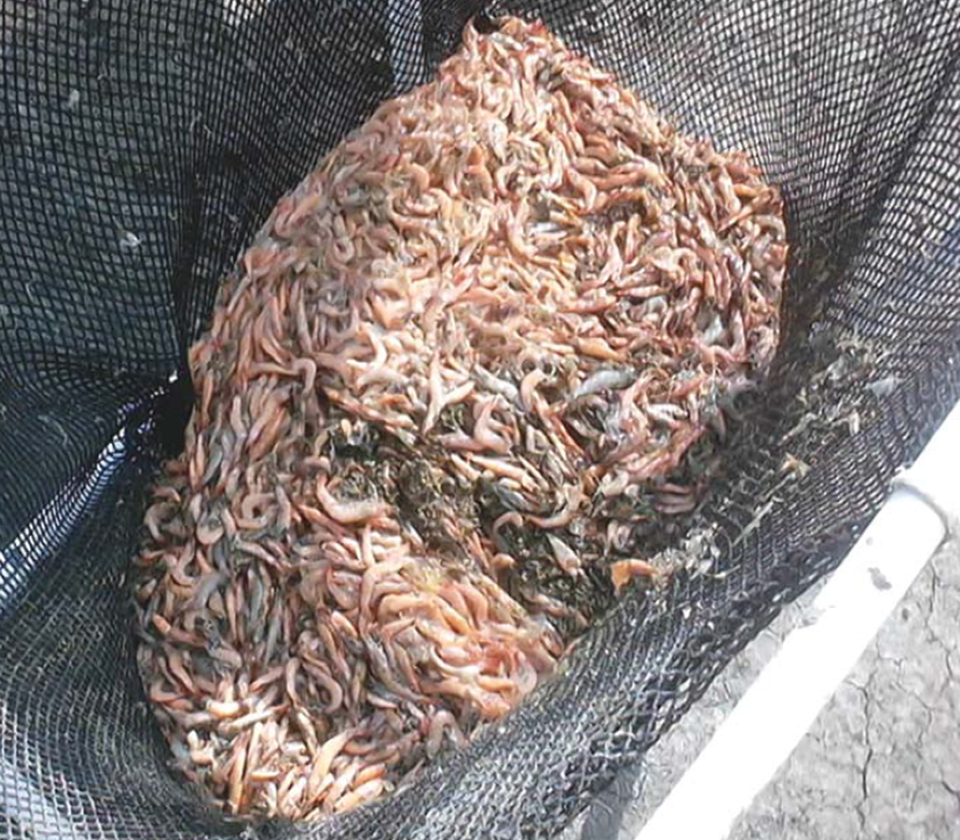
Health & Welfare
Dangers of viral pathogens in translocated shrimp, Part 1
Translocated shrimp have the potential to carry pathogens to new areas. Shrimp have a tendency to carry persistent infections without showing signs of disease.
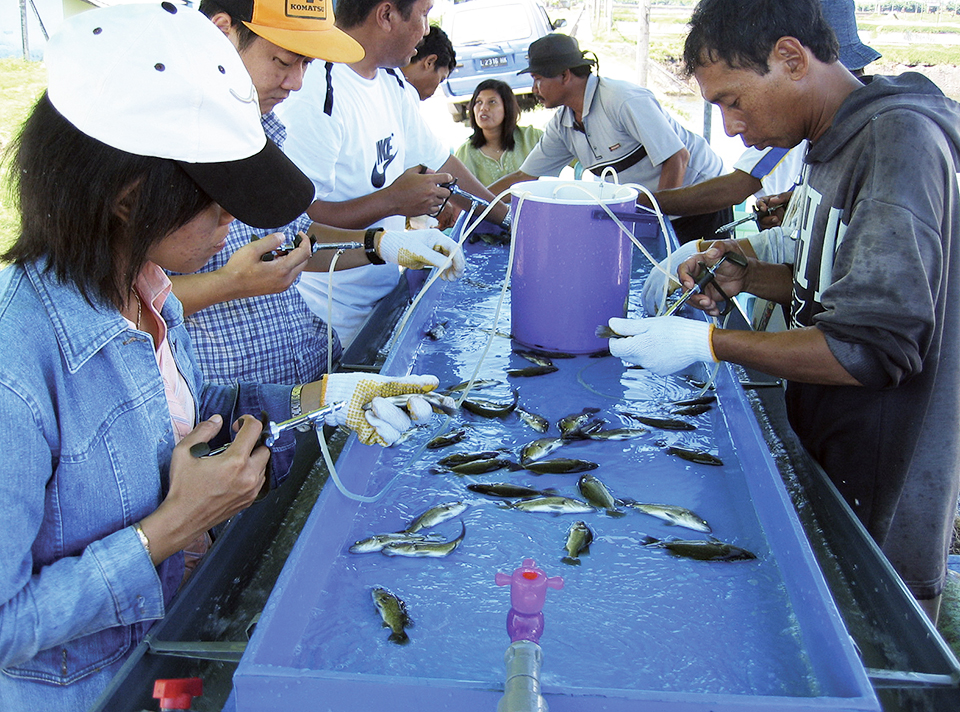
Health & Welfare
Health management of barramundi
By combining husbandry practices aimed at stress reduction with better disease management higher barramundi survival rates will be the likely result.
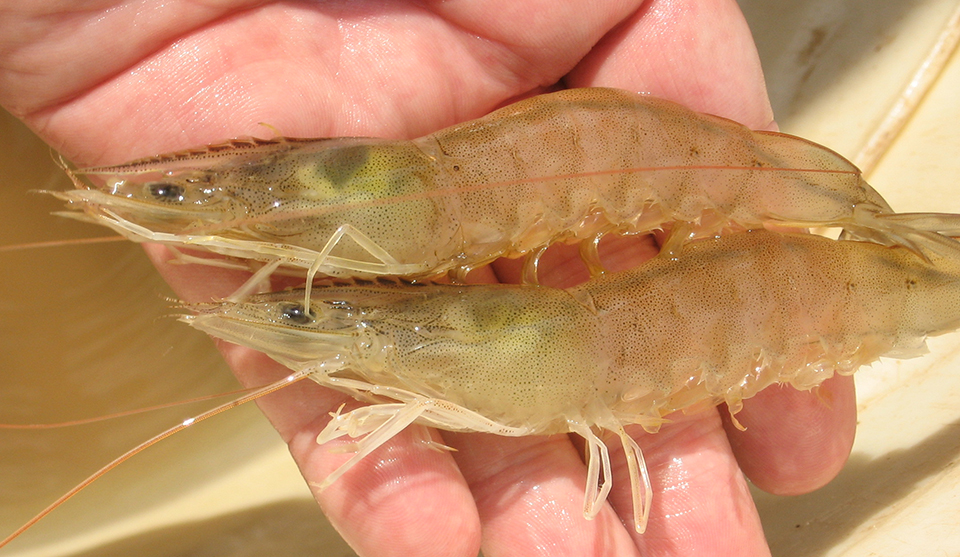
Intelligence
Paradigm shifts in shrimp farming
In the evolution of shrimp farming, white shrimp emerged as the primary species. While some farms in the Americas successfully converted to intensive practices, wide adoption has been limited.
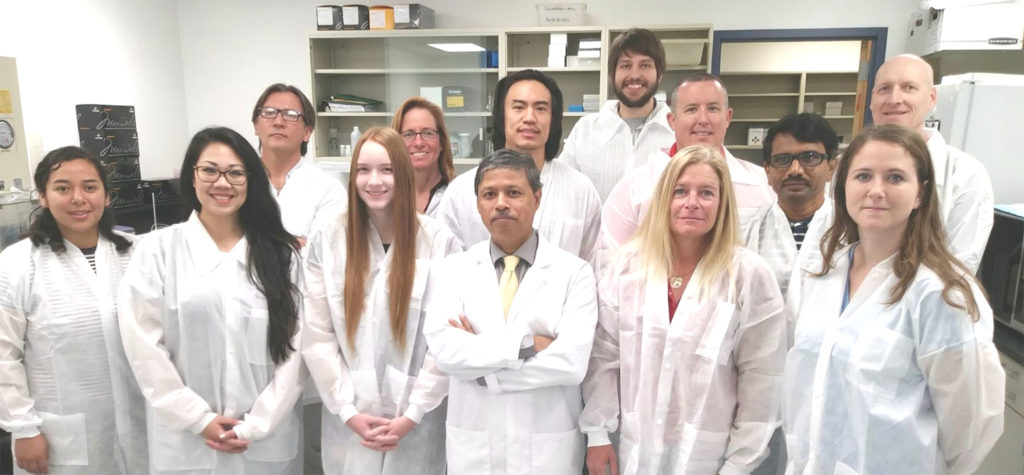
Health & Welfare
The history and future of the Aquaculture Pathology Laboratory
The University of Arizona’s Aquaculture Pathology Laboratory has significantly contributed to the expansion of the shrimp farming for three decades.


